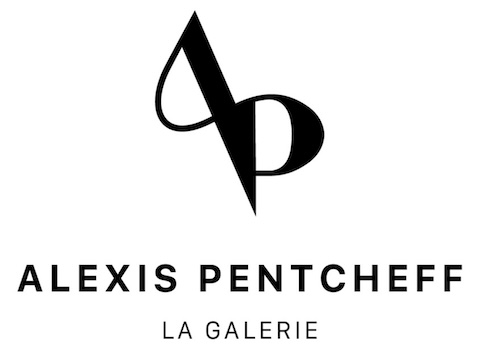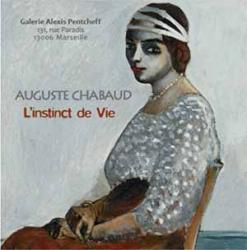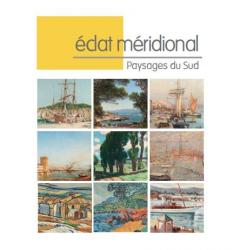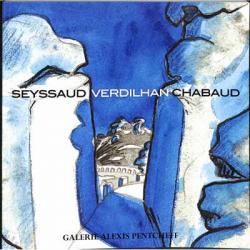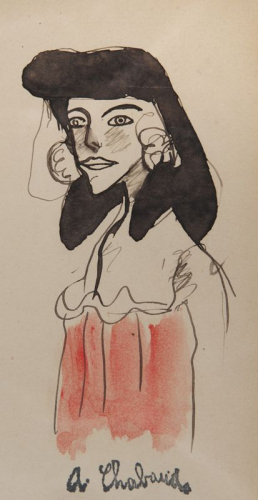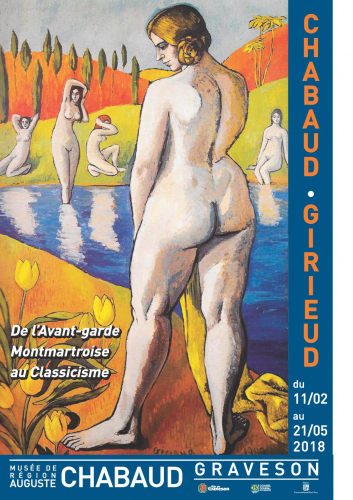Auguste Chabaud – Between the Provençal Earth and Modern Pictorial Expression
A Precocious Calling and a Keen Eye on the World
Born in Nîmes in 1882, Auguste Chabaud entered the École des Beaux-Arts in Avignon at the age of just 15, where he studied under Pierre Grivolas, a respected teacher who had already trained René Seyssaud. At the turn of the 20th century, he moved to Paris, but preferred the vibrant atmosphere of the Latin Quarter cafés to the academic lessons of Fernand Cormon. It was there, amidst the spectacle of urban life, that his artistic vision took shape—sharp, incisive, and thoroughly modern.
Paris by Night and the Shock of Contrast
Chabaud was fascinated by Paris at night. The artificial lights of the city tore through the darkness with a violence that electrified his palette, pushing contrast to its limits. But his native South, with its blinding sun, soon called him back. Unlike other Provençal painters who celebrated this light, Chabaud viewed it as overwhelming—swallowing colors rather than enhancing them. His vision aligned more closely with the darker, grounded approach of Émile Loubon, Monticelli, or Prosper Grésy.
Return to the Earth: A Grounded and Rooted Painting
Back at the family farmhouse in Graveson, Chabaud left behind the cafés, cabarets, and brothels of Paris to immerse himself in rural life. Peasants, herders, and farm animals replaced the Montmartre singer or the courtesan. The draught horse supplanted the skeletal carriage horse. Voluptuousness gave way to rusticity.
This shift also reflected a broader philosophical transition—from a disenchanted, decadent world to one rooted in seasonal rhythms and ancestral order. The family mas became both a constraint and a source of nourishment, grounding his art in its soil.
An Expressive, Visceral, and Deeply Human Body of Work
Chabaud's painting distills its force into a restrained palette: deep blue, sharp black, and ash-white tones carry raw emotional power. Far from folkloric depictions of Provence, his work asserts a rugged modernity, marked by instinct and sincerity. He didn’t paint to charm—he painted life itself, in all its roughness and raw beauty.
Behind this apparent humility lies great ambition: to probe primal impulses, to evoke sexuality as a life force, and to confront death as the inevitable end.
A Singular Artist, Rediscovered
In January 2014, Galerie Alexis Pentcheff paid tribute to the painter with a major retrospective exhibition:
Auguste Chabaud, The Instinct of Life, celebrating an artist who stood apart from trends, whose painting continues to strike with remarkable power.
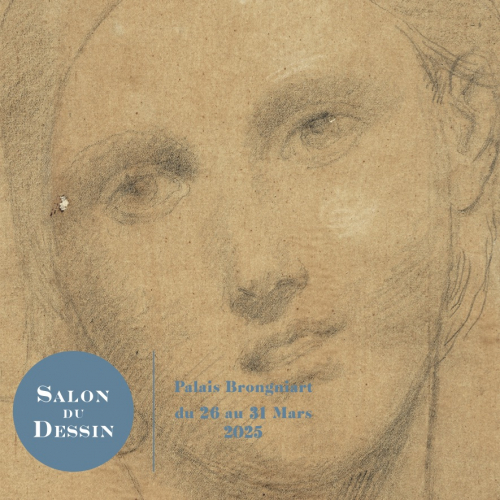
Salon du Dessin
26 March 2025 - 31 March 2025

La Biennale Paris 2021
26 November 2021 - 5 December 2021
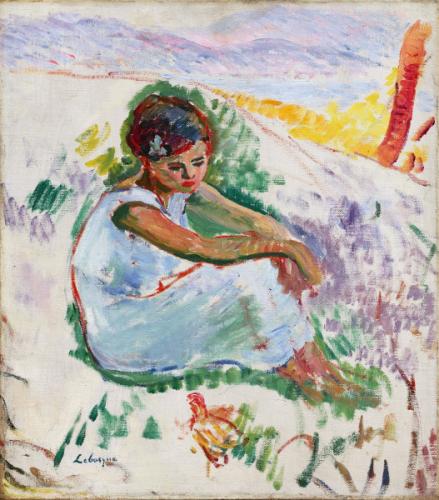
Happy Birthday Galerie Pentcheff
11 January 2019 - 9 March 2019
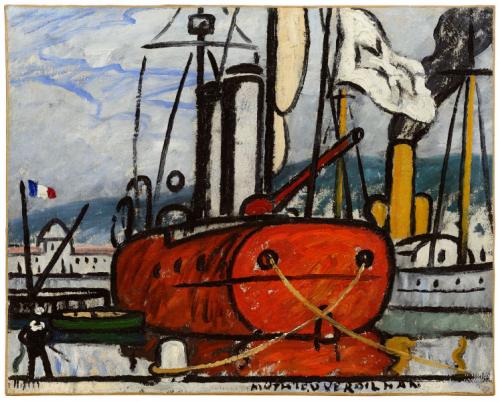
Seyssaud - Verdilhan - Chabaud
30 September 2016 - 29 October 2016
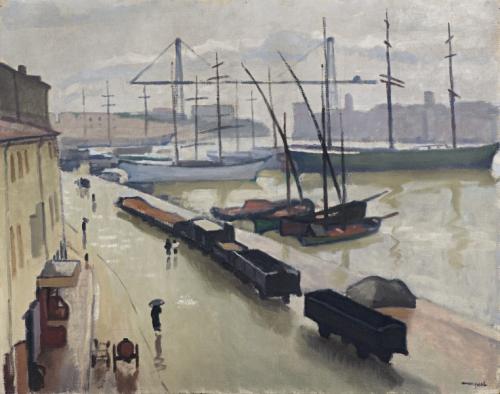
Gallery Reopening
22 October 2015 - 26 February 2016
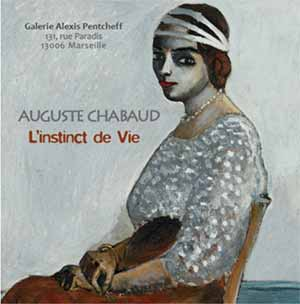
Auguste Chabaud
17 October 2014 - 15 November 2014
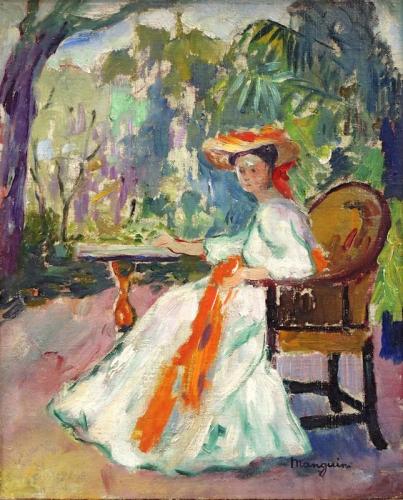
Fauvisme et modernité en Provence
15 February 2014 - 15 March 2014
